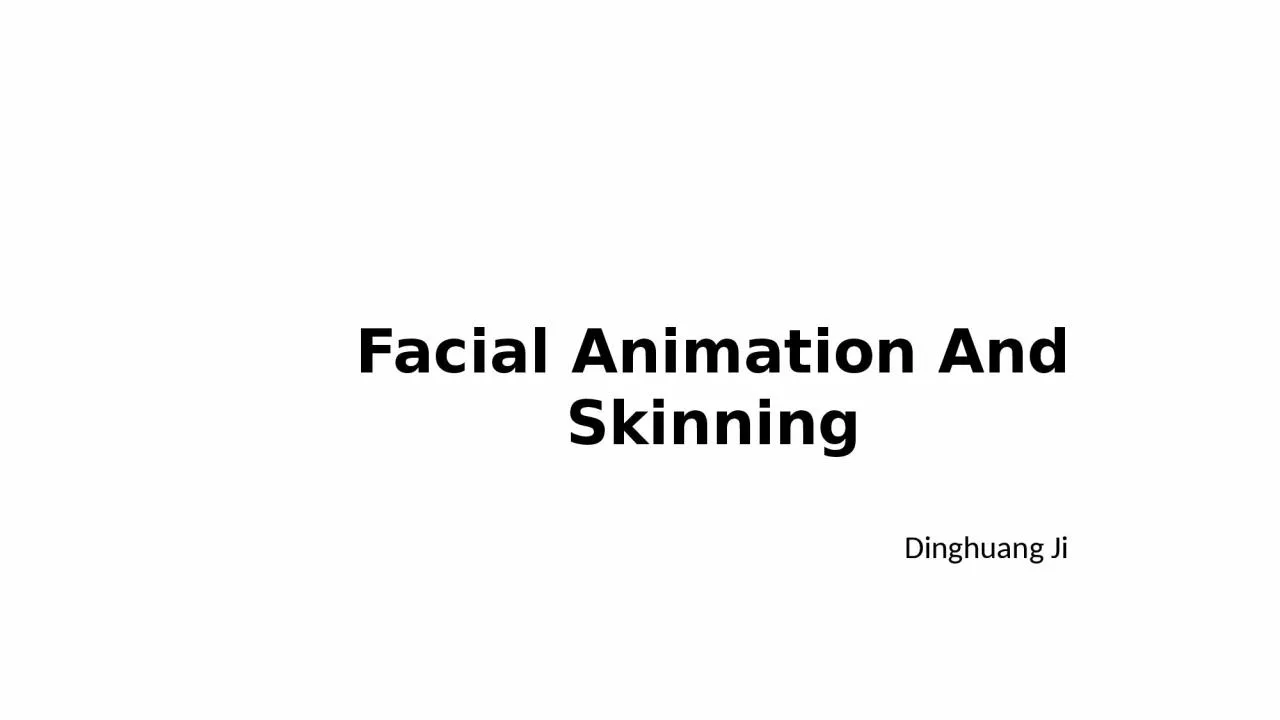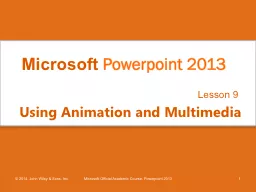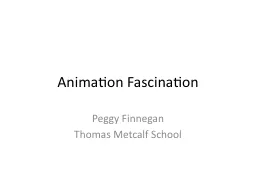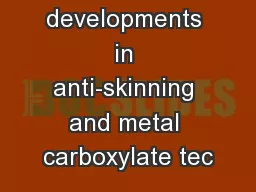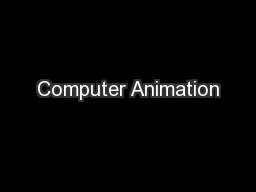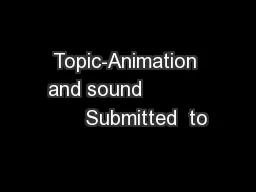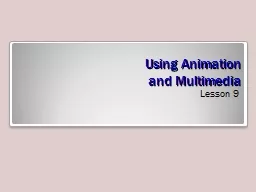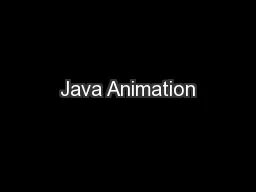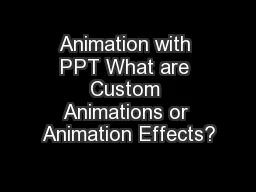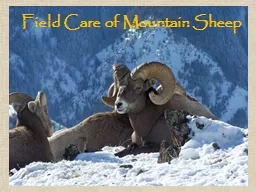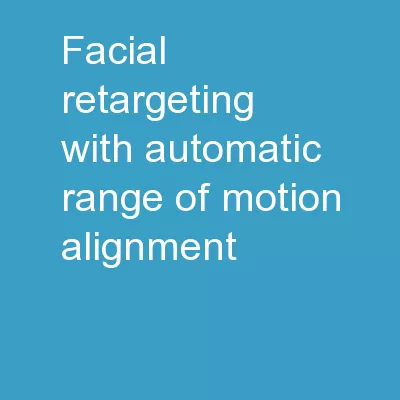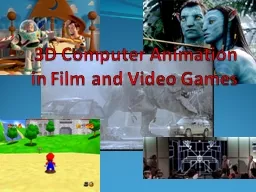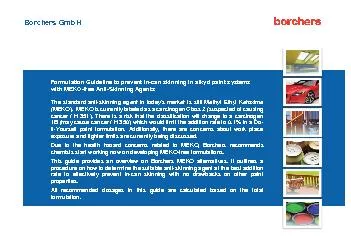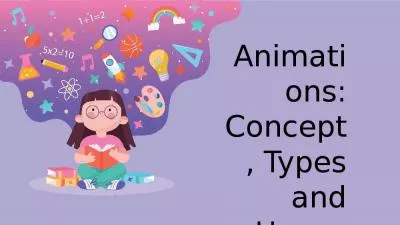PPT-Dinghuang Ji Facial Animation And Skinning
Author : dandy | Published Date : 2024-03-13
Outline Definition of the Problem History Highlights Interested Topics Data driven facial animation Mesh deformation Physical based facial animation Definition of
Presentation Embed Code
Download Presentation
Download Presentation The PPT/PDF document "Dinghuang Ji Facial Animation And Skin..." is the property of its rightful owner. Permission is granted to download and print the materials on this website for personal, non-commercial use only, and to display it on your personal computer provided you do not modify the materials and that you retain all copyright notices contained in the materials. By downloading content from our website, you accept the terms of this agreement.
Dinghuang Ji Facial Animation And Skinning: Transcript
Download Rules Of Document
"Dinghuang Ji Facial Animation And Skinning"The content belongs to its owner. You may download and print it for personal use, without modification, and keep all copyright notices. By downloading, you agree to these terms.
Related Documents

